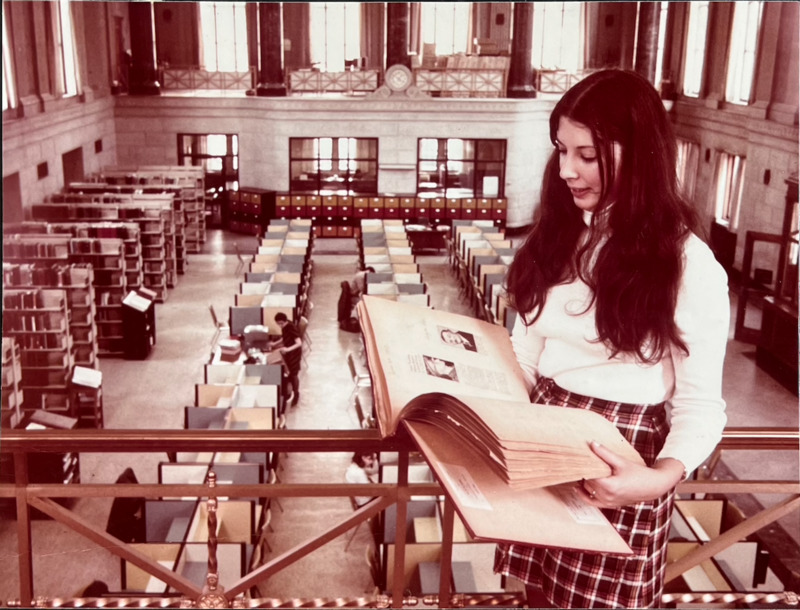Final Thoughts
As with any institutional local archive, the records that we keep in Local History and Archives come together to tell a story of the city of Hamilton. Since the 1930s, reporters have publicized that the Hamilton Public Library’s special collections cover a wide range of topics and represent the voices of many different community groups. However there are, inevitably, many stories that have played important roles in Hamilton’s history but have been neglected by the archives. In fact, their erasure from the record can be crucial to our understanding of Hamilton’s past. For example, in recent years, Local History and Archives has been working on building their collection of historical materials concerning the 2SLGBTQIA+ community in Hamilton—a community that has and continues to face discrimination. The scarcity of materials on the topic that have been preserved in the archive until now speaks volumes to the social, political, and cultural dynamics surrounding the 2SLGBTQIA+ community specific to this place.
Unfortunately, it seems impossible to fully encapsulate the singular, definitive story of Hamilton (if such a thing even exists!) by stitching together the stories we find in the archives—no matter how extensive the collection. The city holds so many contradictions, the only constant is its continuous growth and change.
But perhaps that’s okay. There is still much that we can take away from our examination of Local History and Archives as a historical object. We must not forget that Local History and Archives as we know it today—this sprawling anthology of Hamilton’s history that could stand alone as a library in itself—began as a single-room showcase of the library’s Canadian works. From the Canadiana Collection to the Special Collections department to Local History and Archives, this shift in scope from broadly Canadian to local Hamiltonian history was the result of the collaborative nature of the collection’s development. As Peter McGuinness points out in his 1982 article on the Special Collections department, “the average citizen is represented along with the famous people of Hamilton.” This representation comes from the active contributions that countless “average citizens” have and continue to make to preserve their stories.
The history of Local History and Archives is a testament to a seemingly universal desire to learn about the past lives of the places we inhabit and to incorporate our own stories into the ongoing record. So, despite being the closest thing Hamilton has to an official city archive, Local History and Archives has largely been shaped by the people, and thus makes a valiant attempt to tell the complex, multi-faceted story of Hamilton.
